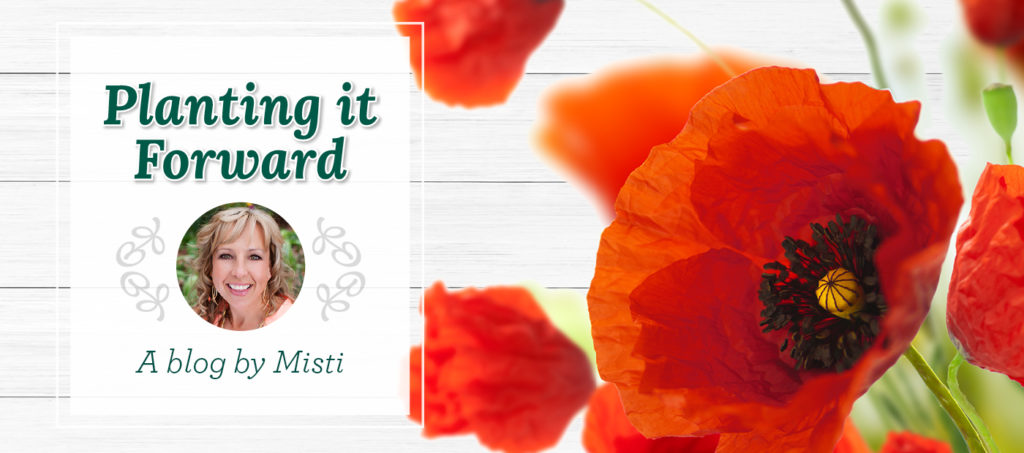
In my last blog, I talked about all the wonderful things that come with monsoon season – free water, cooler temps, a chance to practice some great conservation techniques like water harvesting.
But there is a downside. Hail.
Damaged caused by hail is just terrible, as anyone knows whose had hail damage to a car or house. It’s also horrible to gardens, often destroying in minutes the beautiful veggies or flowers you have been cultivating for weeks or months.
Truthfully, even really heavy rains can cause damage, so it’s fortunate that you can mitigate the threat that the weather poses – before, during and after the storm.
The best thing you can do beforehand is to get rid of any debris in your garden (which storm winds could turn into projectiles) and prune dead or weak branches. Your strategic cuts are far more preferable to a storm just stripping a plant willy-nilly. For some taller plants, you might want to also give them a little support by tying them to a metal or wooden stake.
When a storm hits, your best bet is to cover plants. I use frost cloth since it’s strong but breathable. This will not only protect all of your garden from hail, it will keep drought-tolerant plants from becoming water-logged.
If you have a greenhouse, you’ll want to put a tarp on that as well to protect the roof from hail damage. One year our nursery had terrible damage to our panels, so I speak from experience.
Your biggest job will be after the rain and hail are over – cleanup, checking over plants to assess damage, doing repairs where you can (or replacing plants that can’t be salvaged), and preventing problems that sometimes come up after a lot of wet weather.
- Check for visible roots, particularly with newer plantings. When heavy rains hit, soil around a plant can erode, so make sure the storm didn’t leave roots exposed and tamp down the soil around your plants.
- Check your containers for damage and make sure they are draining properly.
- Monsoons can bring with them moisture-loving fungus, powdery mildew, black spot and mushrooms. Spray your plants on a dry day to prevent these problems (particularly Aspen, which often succumb to black spot this time of year.)
- Mushrooms should just be pulled out, but only if you have pets or kids who will get into them. Otherwise they can be left.
I haven’t given up on loving monsoon season – plants are thirsty creatures and the water makes weeding your garden beds easier – but there are preventable issues that can come up with all that rain and hail. With some thought and care, you can protect your plants from the worst that the season has to offer – so you can spend more time enjoying the best.
Happy Gardening,
Misti Warner-Andersen